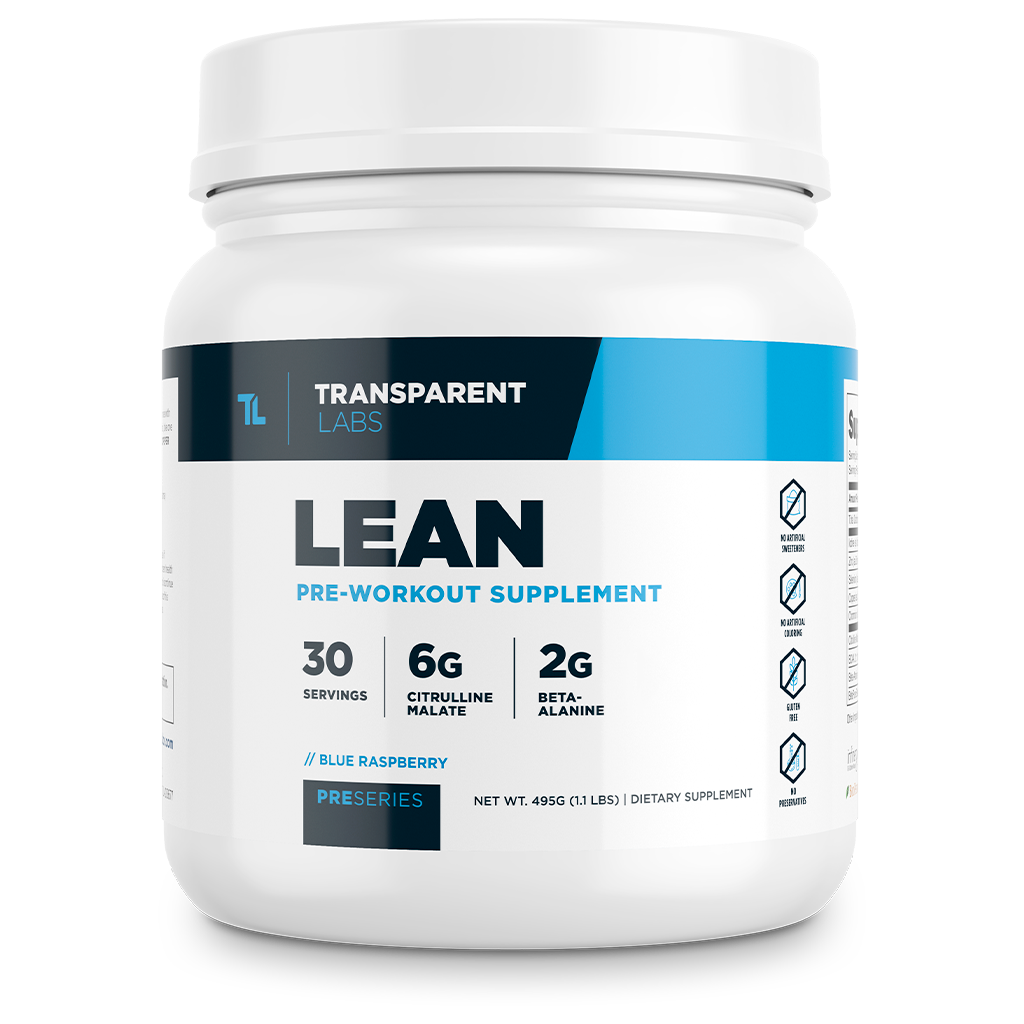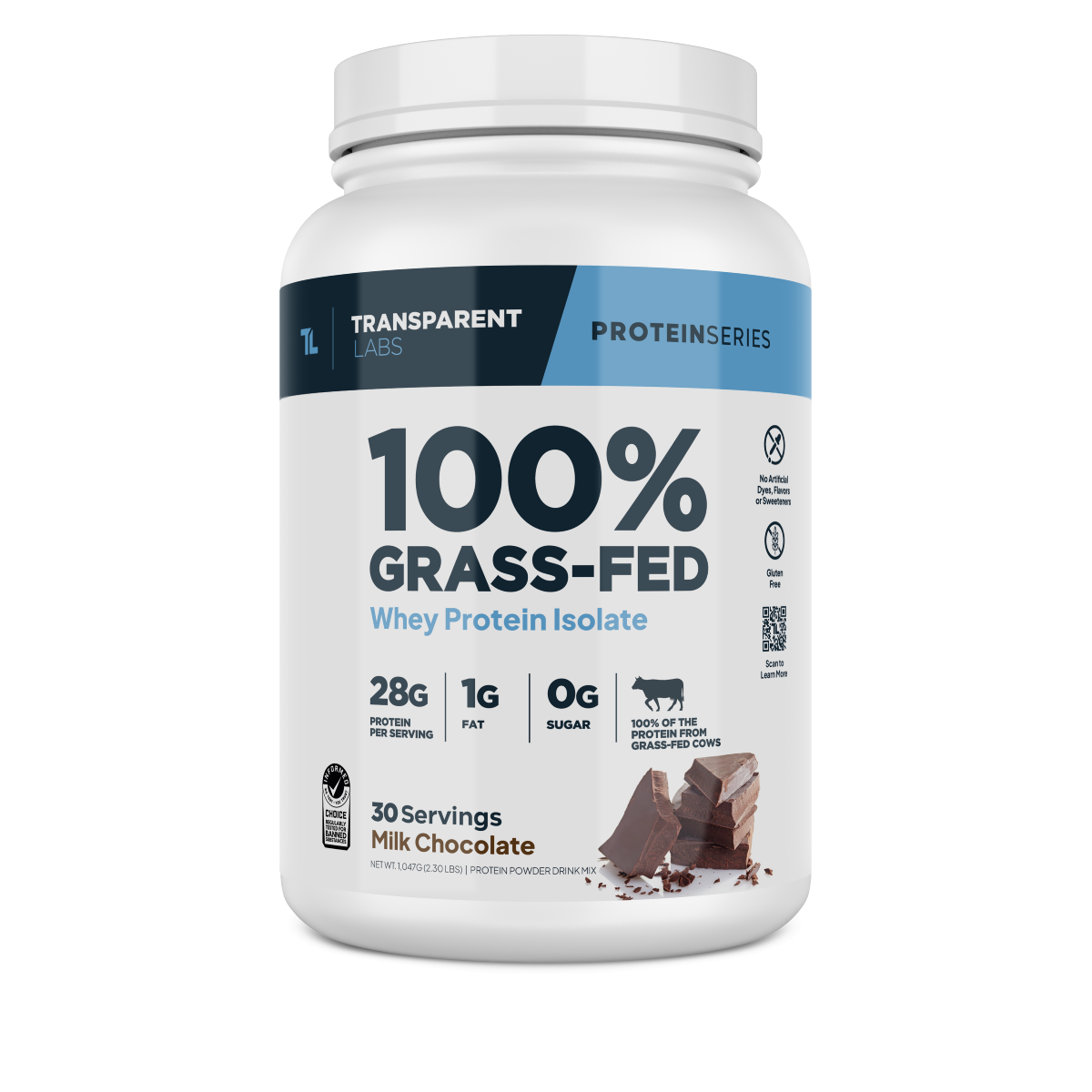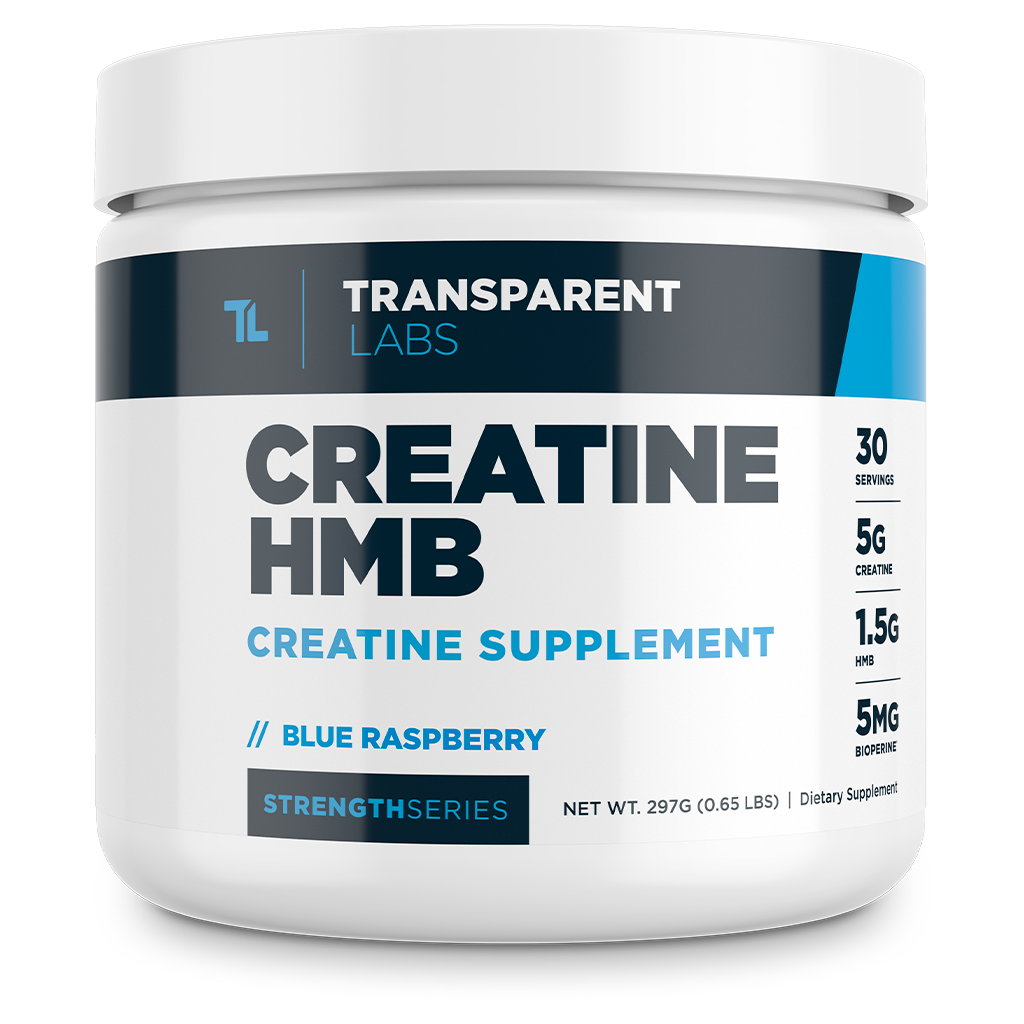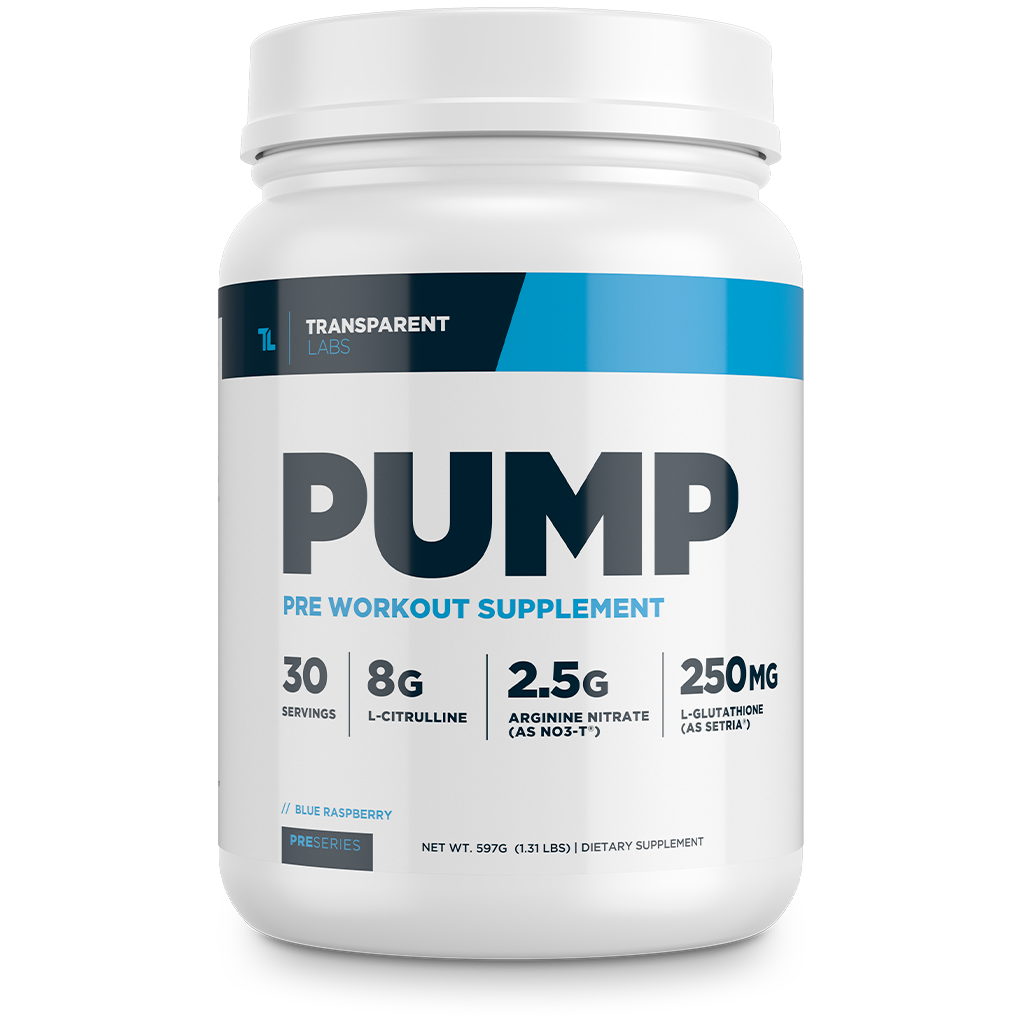Aerobic vs Anaerobic Training: Which Is Worth Your Workout?

"Which is best?" is one of the most common questions you'll hear an athlete ask.
Which is best: casein protein powder or whey? Which is best: BCAAs or creatine? Which is best: split muscle training or full-body workouts?
And like all "Which is best?" questions, the "Which is best — aerobic or anaerobic?" debate comes down to one simple (albeit frustrating) answer: It depends on you and your goals.
Aerobic vs anaerobic training refers to two energy systems, both of which come with several health benefits. Almost every athlete will use both systems during their training. But depending on you and your health goals, you might steer toward one or the other.
Below, we dive into the aerobic vs anaerobic exercise debate. We outline the health benefits of each and how they play an essential role in your training program.
Please note: This post is meant for informational purposes only and not intended as medical advice. Before beginning any new anaerobic or aerobic activity, please consult your physician or a certified personal trainer.
Aerobic vs Anaerobic Training: What's the Difference?

To understand aerobic vs anaerobic training, you need to first understand how your body uses energy.
Your body runs on adenosine triphosphate (ATP), an organic compound that provides energy to your cells. As described by StatPearls, ATP is responsible for muscle contraction, nerve impulse propagation (diffusion), and chemical synthesis.
Interpretation: To pick up any weight or exert any amount of energy at the gym, you need ATP.
And without throwing a textbook at you, the key difference between aerobic vs anaerobic training comes down to how urgently you need ATP to show up.
Anaerobic Training: When You Need Energy Stat
Picture a sprinter exploding out of the starting blocks, a lineman crashing into his opponent, or an Olympic lifter dropping below a barbell in a clean. During each of these scenarios, the athlete needs energy in a split-second or less.
In these split-second movements, the body draws upon whatever energy sources are immediately available. There is simply not enough time — and not enough oxygen — to create more ATP for these rapid, high-intensity movements.
This is anaerobic training. Your muscle cells rely mainly on the anaerobic energy system every time you power through a high-intensity interval training (HIIT) workout, tackle heavy weight training, or do other kinds of high-intensity exercise.
Anaerobic workouts are efficient, grueling, and not sustainable for an extended period of time. When you use your anaerobic energy system, lactic acid builds up in your muscles (more on this below). As you become more and more fatigued, you will undoubtedly need a break.
These breaks — scheduled between extreme bouts or intervals of exercise — are exactly how the term high-intensity interval training got its name.
Aerobic Training: When You Ease Into Exercise
Now, picture an athlete picking out a playlist and breaking into a five-mile jog; or a powerlifter doing dynamic stretches down the turf before a weightlifting session; or a biker traveling on his morning commute.
In any of these three scenarios, do you visualize the person gasping for breath? Of course not. This is a clear indicator they’re using their aerobic system.
While this person’s heart rate may be elevated — it rises any time you switch from a sedentary to active state — it's likely no higher than 60-80% of their maximum heart rate.
Unlike anaerobic training — where your body needs energy pronto — aerobic training gives your body time to warm up to exercise. Since your body isn't gasping for oxygen consumption, it can use the available oxygen to transform your body's glycogen (stored glucose or carbohydrates) into usable ATP.
For example, steady-state cardio is a form of aerobic exercise because you can withstand this type of low-intensity training for longer bouts than anaerobic training. Case in point, you can maintain a steady pace on a long-distance run for longer than your pace for a 100-meter sprint. By the same token, you can do bodyweight squats for many reps at a time, while heavy barbell squats will fatigue you quicker.
Aerobic vs Anaerobic Training: Pros and Cons of Each

Before you split hairs over the advantages of aerobic vs anaerobic training, remember this: These two systems are not mutually exclusive.
As you'll learn below, your anaerobic and aerobic systems work together. Here are the main advantages and disadvantages of prioritizing one over the other:
Advantages and Disadvantages of Anaerobic Exercise
Anaerobic exercise, or working out at a higher intensity, is more efficient because it forces you to reach your VO2 max (maximum oxygen consumption) quickly. As you continue to perform anaerobic exercises, your body will become more efficient at eliminating lactic acid so you can power through tough workouts.
Examples of anaerobic exercise include heavy strength training, sprinting, and HIIT workouts, all of which are effective methods to boost fat loss, as told by the Journal of Obesity. In addition, research in Patient Preference and Adherence reports that anaerobic exercise can speed up weight loss, decrease fat mass, and increase exercise capacity.
However, depending on an athlete's fitness level, anaerobic exercise may not be practical. If you have joint pain, a heart condition, or low blood pressure, short bursts of high-impact, high-intensity workouts may not be suitable for you.
Advantages and Disadvantages of Aerobic Exercise
Physical activities you can withstand for longer durations — such as distance running, cycling, or swimming laps — are aerobic exercise.
As described by the scientific journal Postgraduate Medicine, this type of exercise promotes weight loss, improves blood circulation, lowers blood pressure, and supports heart health.
As every person who delves into a new fitness routine understands, you have to start gradually. Jogging at a comfortable pace will help prepare you for hard 400-meter sprints. Starting with bodyweight training gets you ready to tackle even the most brutal HIIT workouts.
There are few, if any, drawbacks to aerobic training. However, as stated above, it isn't as efficient as anaerobic exercise. Therefore, if you run a busy schedule or want to cut fat in the least amount of time, try anaerobic exercise. You will accomplish more through 30-45 minutes of diligent HIIT than you would with two hours of steady-state cardio.
It’s important to note aerobic training can increase your threshold for anaerobic training, and vice versa. Read that sentence again — this is one way the two systems work together.
Aerobic vs Anaerobic Training: You Need Both
You need both aerobic and anaerobic exercises to be a fit, well-functioning athlete. And just as with all types of exercise, you can increase your aerobic and anaerobic training capacity the more you do them.
Whether you realize it or not, you use aerobic and anaerobic energy systems in (almost) every workout. When you hit the track and do a plyometric warm-up, your body relies on aerobic metabolism. Once you hit the start line for some 200-meter sprints, those fast-twitch muscle fibers get ATP from anaerobic metabolism.
And finally, if you switch from 200-meter sprints to a mile run, your use of oxygen catches back up with you and you're back to using your aerobic system.
As you can see, these two energy systems work together to help you reach your goals.
To round out your training, fuel up for each workout with a pre-workout, and recover with protein within 30 minutes post-workout. By combining exercise with proper nutrition, you'll be more in line to meet your goals.




